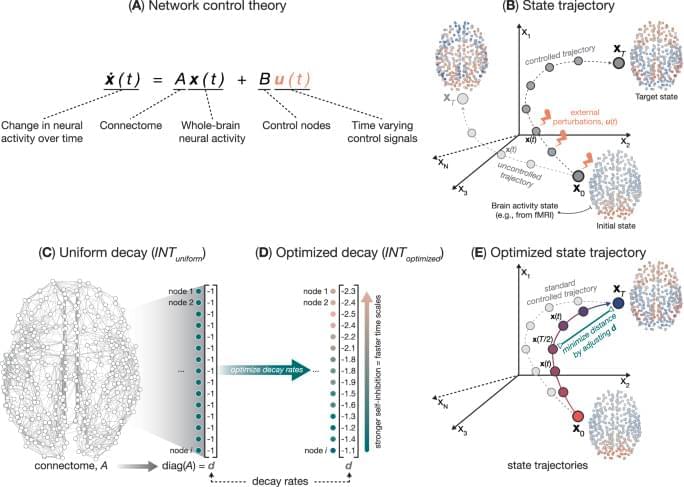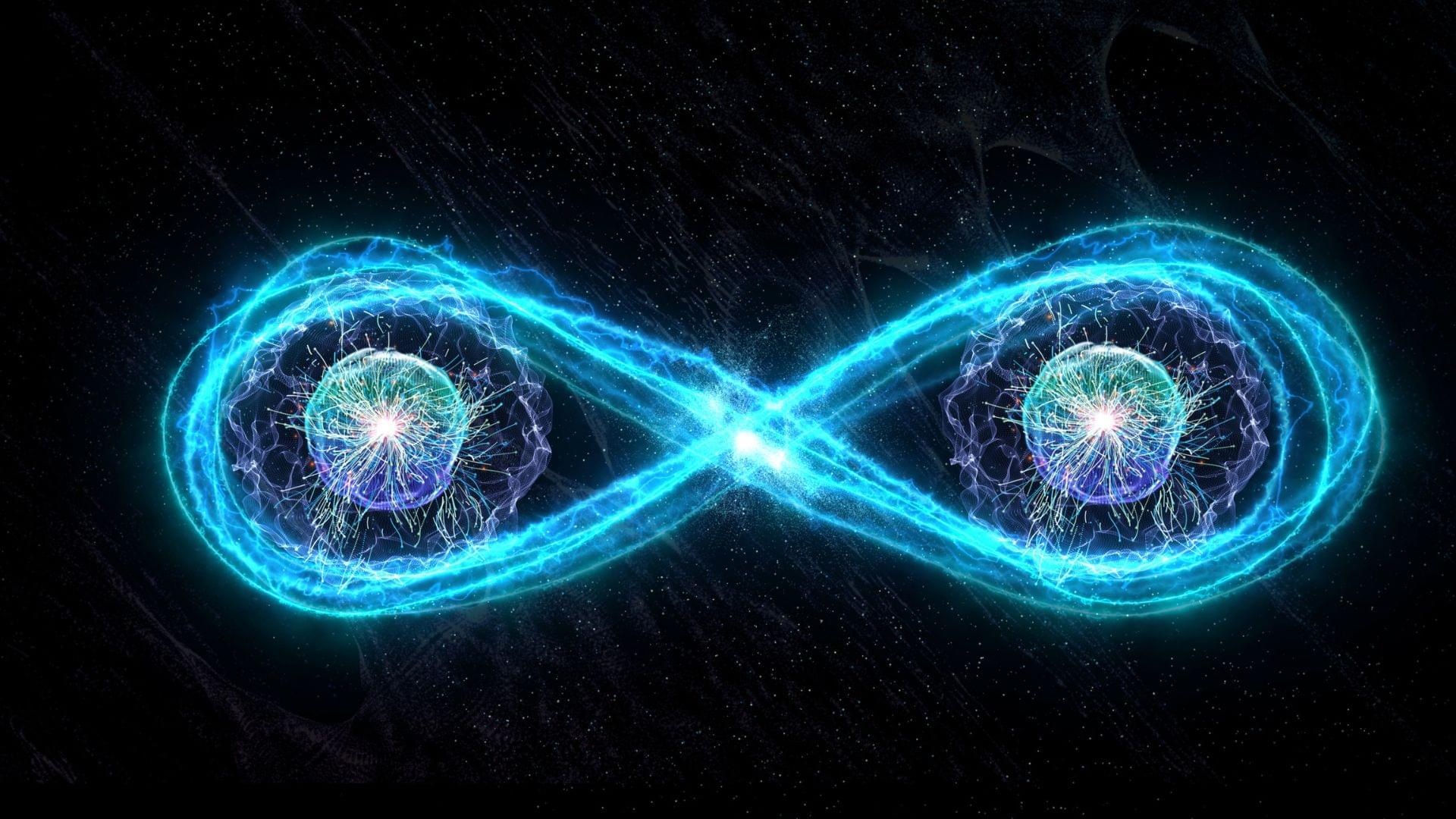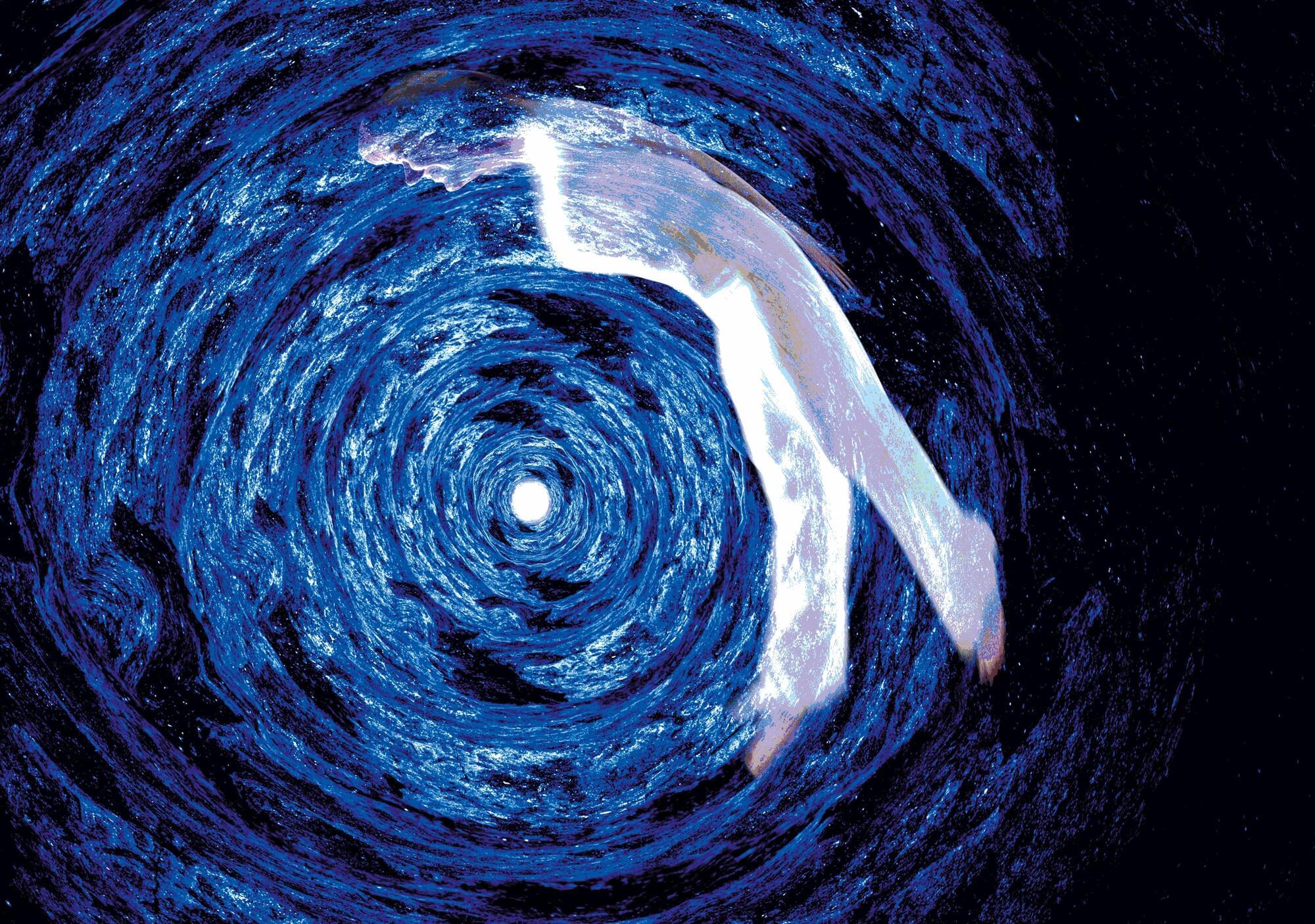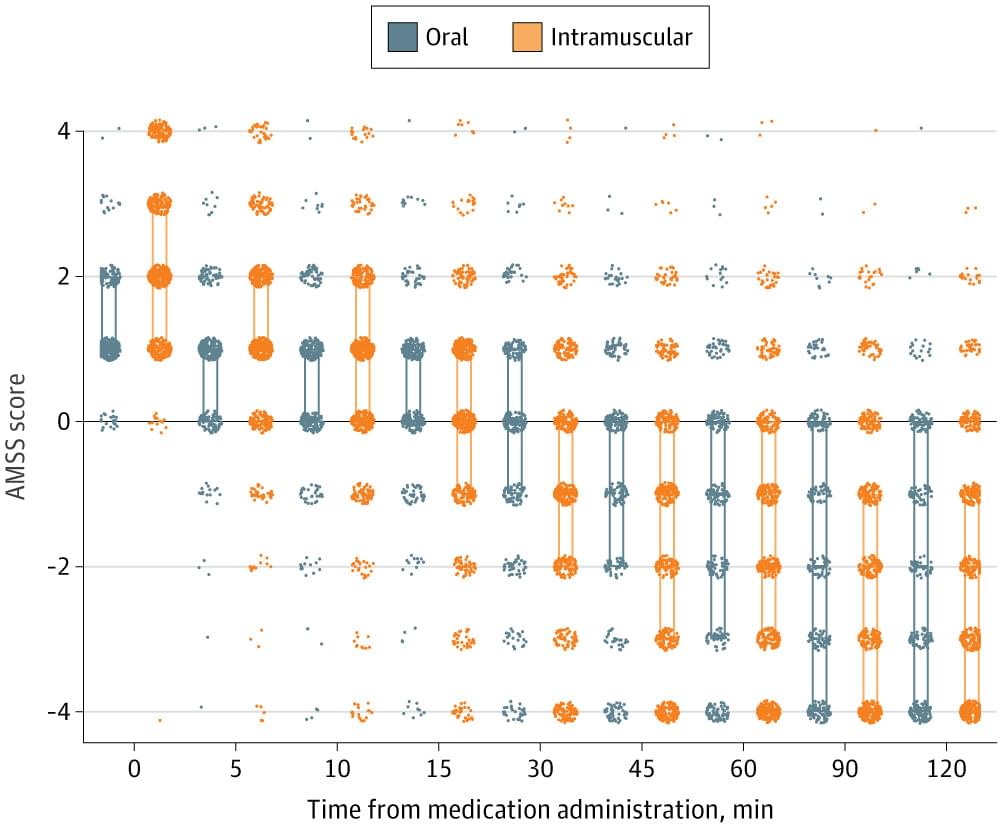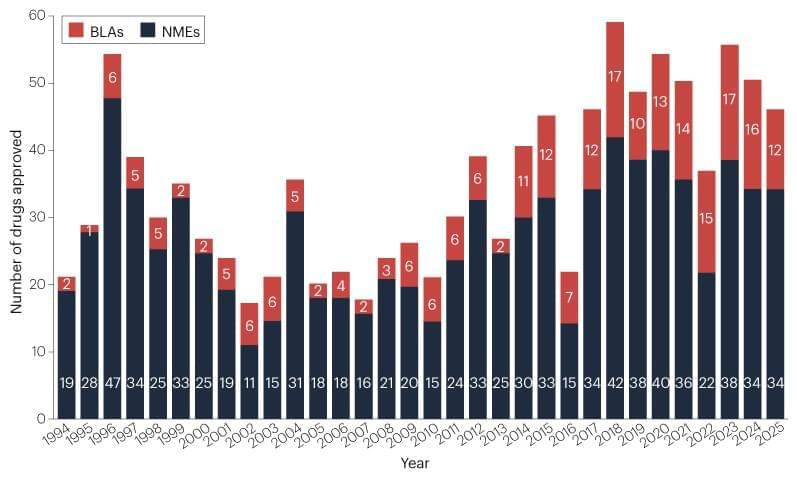MIT researchers have developed a new method for designing 3D structures that can be transformed from a flat configuration into their curved, fully formed shape with only a single pull of a string.
The technique could enable the rapid deployment of a temporary field hospital at the site of a disaster such as a devastating tsunami—a situation where quick medical action is essential to save lives.
The researchers’ approach converts a user-specified 3D structure into a flat shape composed of interconnected tiles. The algorithm uses a two-step method to find the path with minimal friction for a string that can be tightened to smoothly actuate the structure.

